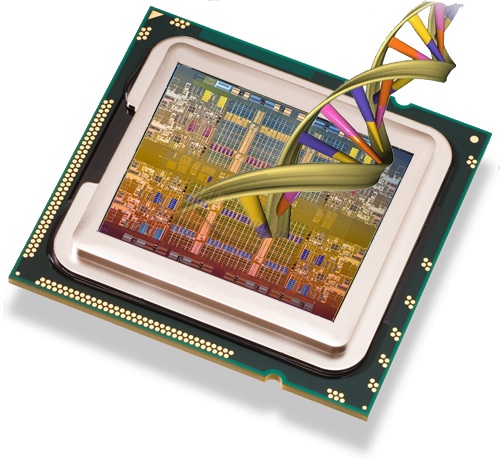Yves Gendrault, Morgan Madec, Christophe Lallement, Jacques Haiech
Université de Strasbourg and the Centre National de Recherches Scientifiques
Volume 61, Issue 4, Page: 1231-1240

Nowadays, synthetic biology is a hot research topic. Each day, progresses are made to improve the complexity of artificial biological functions in order to tend to complex bio-devices and bio-systems. The design of such artificial biosystem is a very long and hazardous task. Most of the time, the process is hand-made, which requires for bio-engineers strong technical skills and leads to non-reusable development. Besides, scientific fields that share the same design approach, such as microelectronics, have already overcome several issues and designers succeed in building extremely complex systems with many evolved functions. In systems engineering and more specifically in microelectronics, the fast growing of system’s complexity has been promoted by both the improvement of technological processes and the development of new and powerful Electronic Design Automation tools. The work presented in this paper paves the way for the adaptation of microelectronics design tools to synthetic biology. Considering the similarities and differences between the synthetic biology and microelectronics, the milestones of this adaptation are described. The first one concerns the modeling of biological mechanisms. To do so, a new formalism is proposed, based on an extension of the Generalized Kirchhoff Laws to biology. This way, a description of all biological mechanisms can be made with languages widely used in microelectronics. Our approach is therefore successfully validated on specific examples drawn from literature.

